On April 16, 1972, the Apollo 16 spacecraft was launched from Cape Canaveral. John Young, a famous man with a bright career in NASA, became its crew commander. He flew the first shuttle, walked on the Moon twice, and also smuggled a sandwich on board the spacecraft.
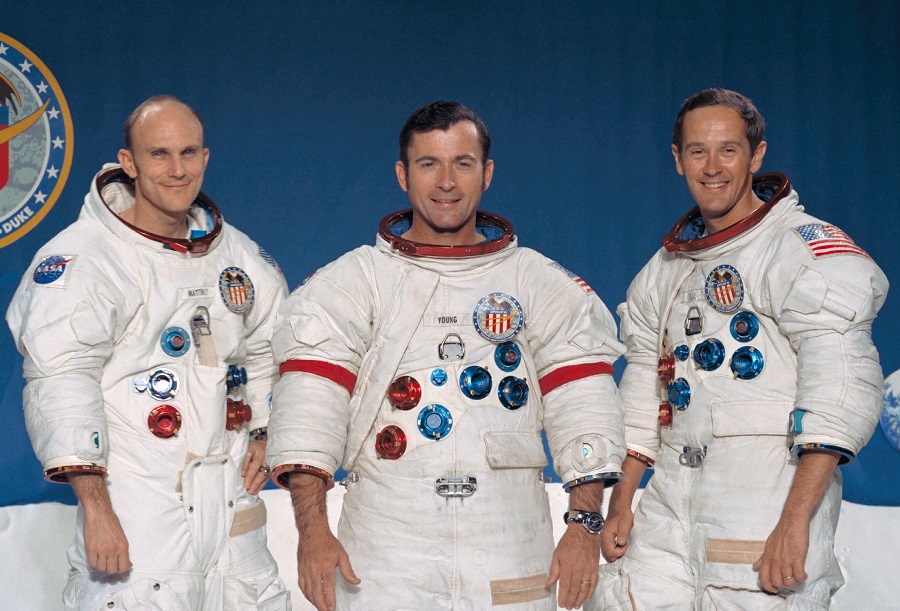
Way to Space
John Young worked at NASA the longest. He joined the US Aerospace Administration in 1962, when the main achievement of the Americans was a one-man capsule Mercury spacecraft, and left in 2004, when the International Space Station was already functioning in orbit.
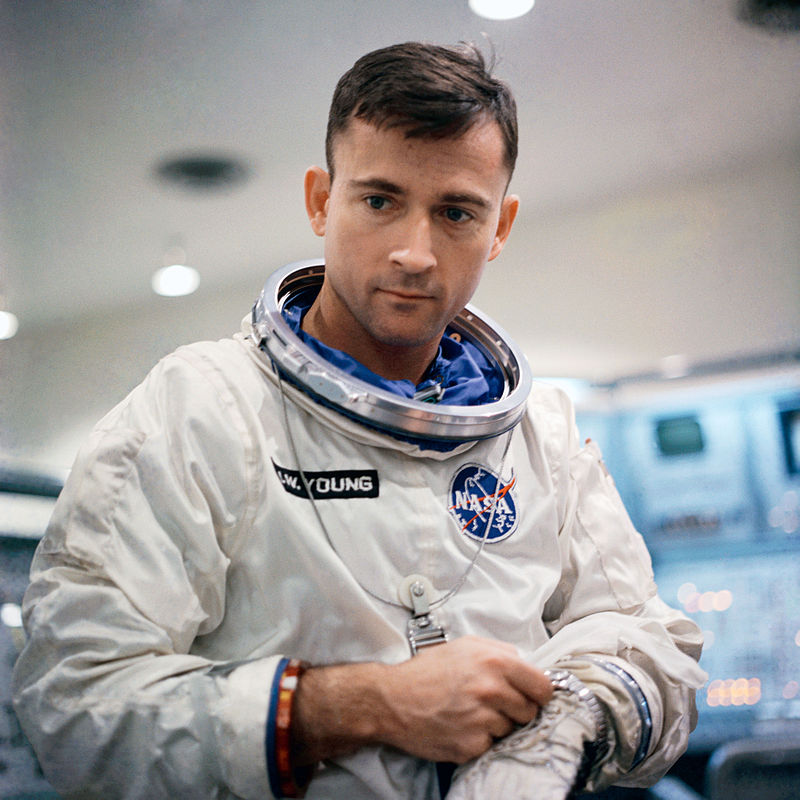
John Watts Young was born on March 24, 1930 in San Francisco. As a child, he had to move several times. After graduating from high school in Florida, he took advantage of the Reserve Officers’ Training Corps and ended up at the Georgia Institute of Technology. There he received a diploma with honors in the field of aircraft engineering, and in 1952 became a naval pilot, and later a research-pilot.
In 1962, Young set two world records at once for the rapid ascent of the F-4B naval jet aircraft. But almost immediately, the pilot was informed that he had become an astronaut.
Gemini Project
At the time of John Young’s coming to NASA, astronauts from the first detachment had already made four manned flights on Mercury spacecraft. At the same time, a new generation spacecraft, the two-seat Gemini, was being prepared for launch.
While Young was training as an astronaut, the first two spacecraft of this type made unmanned test flights. NASA management selected him as the second crew member for the first manned mission. Thus, John became the first representative of the second American space detachment, who managed to visit space.
Gemini 3 launched on March 23, 1965. The mission was originally planned as the first step on the way to the Moon. Young and his commander Virgil Grissom became the first astronauts to perform an orbital maneuver using the spacecraft’s engines. The pilots raised the apogee of its orbit, making it more elongated. The flight was completely successful.
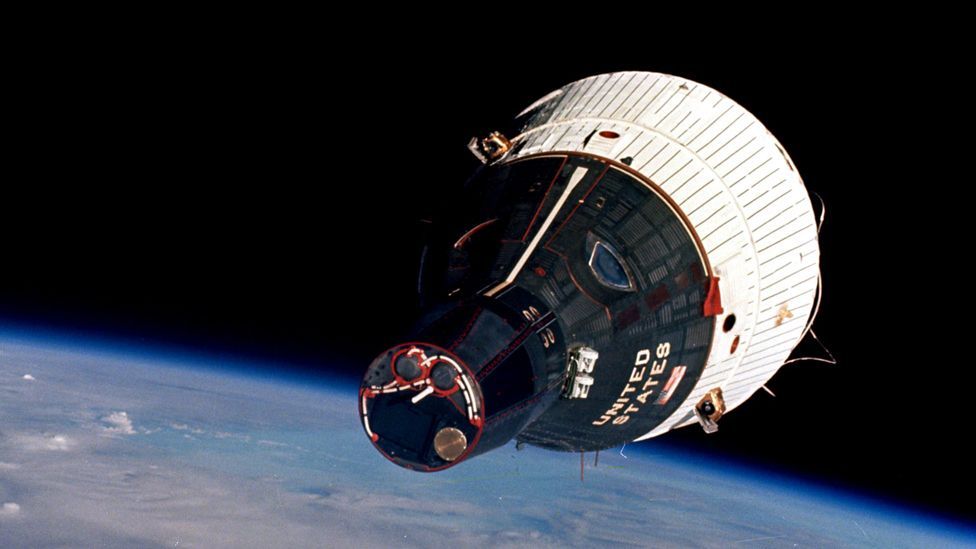
During this flight, a curious incident occurred. Young brought a corned beef sandwich on board the ship, which contradicted all instructions. The astronauts tried to eat it, but they were afraid that the crumbs in weightlessness would fly somewhere wrong, and hurriedly removed the sandwich. The funny thing is that one of the team’s tasks was to test special food that could be used in zero gravity.
Yang made the second flight as part of the Gemini program, already as a commander. On July 18, 1966, Gemini 10 launched with him and Michael Collins on board. The main purpose of this flight was the approach and docking of the spacecraft with the Agena-X unmanned target. This operation was performed by American astronauts for the first time. It was important for the upcoming docking of modules during the flight to the Moon, which was then performed in every lunar expedition, except for Apollo 8 and the emergency Apollo 13.
Apollo 10
Upon finalizing the Gemini project, Yang transferred to the Apollo lunar program. During the first manned launch of this spacecraft, he was part of the backup crew. He became an Apollo 10 pilot in November 1968.
This mission was the second in which a manned spacecraft entered a lunar orbit. In fact, Apollo 10 was a dress rehearsal for landing on the Moon. During the flight, two astronauts had to go into the lunar module, undock, descend on it to a height of 14 km above the surface of the Earth’s moon and return. The third crew member was supposed to be waiting for them in the orbital module.
On May 22, 1969, Thomas Stafford and Eugene Cernan undocked from the orbital module and began their journey to the surface of the Moon. And John became the first person to make a single flight around our natural moon. A few hours later, the lunar module returned.
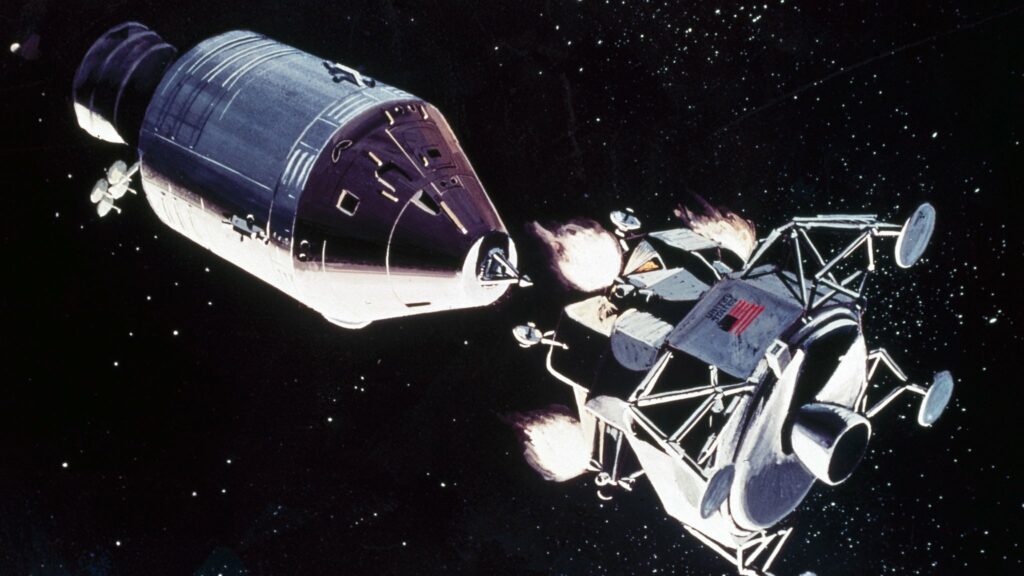
During the flight, the astronauts took a color television camera and for the first time broadcast to Earth from space. For this, they were awarded the Emmy Television Award.
Return to the Moon
John Young became the second person to fly to the Moon twice. The first was Apollo 13 commander James Lovell. But he did not manage to reach the surface of our moon. Therefore, Young is still the first and only one who made at least one landing during two flights.
For Young, the Apollo 16 mission was the fourth space flight. It started on April 16, 1972. Except John, Charles Duke and Thomas Mattingly participated in the expedition.
Interestingly, these three astronauts were the members of the backup crew of Apollo 13. At the same time, Thomas Mattingly was transferred there from the main team. It so happened that he was in contact with Duke, who accidentally fell ill with rubella. And Mattingly’s knowledge turned out to be very useful when an accident occurred on a spacecraft that had already reached lunar orbit.
The Apollo 16 flight was also not without incidents. First, a malfunction was detected on the Saturn V rocket, and the launch was delayed from March to April. Then the astronauts were horrified when the heat-shielding paint began to flake off from the rocket already in orbit. Finally, before landing on the Moon, communication problems arose, as a result of which it was impossible to transfer navigation data to the spacecraft’s computer. The crew had to enter a long series of numbers manually while listening to the operator on the Earth.
On the Moon
The lander of the Apollo 16 mission landed not in the lunar sea, but on the territory of the “land”, in the area of the Descartes crater. This was its uniqueness. It is to the Apollo 16 mission that we owe most of our knowledge about the continental type of the Moon’s surface. Scientists are still studying soil samples collected by Young and Duke.

In order to collect samples, the astronauts had to travel a lot on a lunar buggy, the driver was John Young. He set his next record. The speed of 18 km/h is still the highest for wheeled vehicles on the surface of the Moon.
The astronauts spent three days on the Earth’s moon, which also became a record. On the first day they went to Palm and Flag craters. During this trip, the “Big Muli” stone was found, the most difficult sample of all that man has mined on another celestial body. Its mass is 11.8 kg. The next day, the astronauts visited Mount Stone and numerous craters. They climbed a buggy on its slope to a height of 130 m relative to the lunar module. This is the highest point where a man has climbed on the Moon. Young and Duke made their third trip to Smoky Mountain and the North Ray crater.
During the stay of the Apollo 16 mission on the Moon, a curious incident occurred with Yang. At some point, he forgot that there was a direct connection with the Earth, and complained to Charles Duke that he was suffering from gases due to orange juice (astronauts used it to increase potassium levels). “I haven’t eaten so many citrus fruits in 20 years! I’ll tell you: I won’t eat a single one in the next 12 days!”, he summed up.
Space Shuttle Program
After completing the lunar missions, John Young in 1973 became the commander of astronauts preparing to fly on a new type of spacecraft — reusable spaceplanes. The developers were just starting to design them. Young was an aircraft engineer with space flight experience and took an active part in this process. He made many changes to the orientation engines, star navigation systems and radiators of the apparatus.
In 1974, Young was appointed head of the astronaut office, and in 1981 he became the commander of the first flight of the Space Shuttle mission, made on the Columbia reusable spacecraft. Its launch took place on April 12, 1981 — exactly 20 years after the first human flight into space. It was also NASA’s first manned mission since 1975. Young made his sixth flight in 1983 as the commander of the Columbia shuttle.
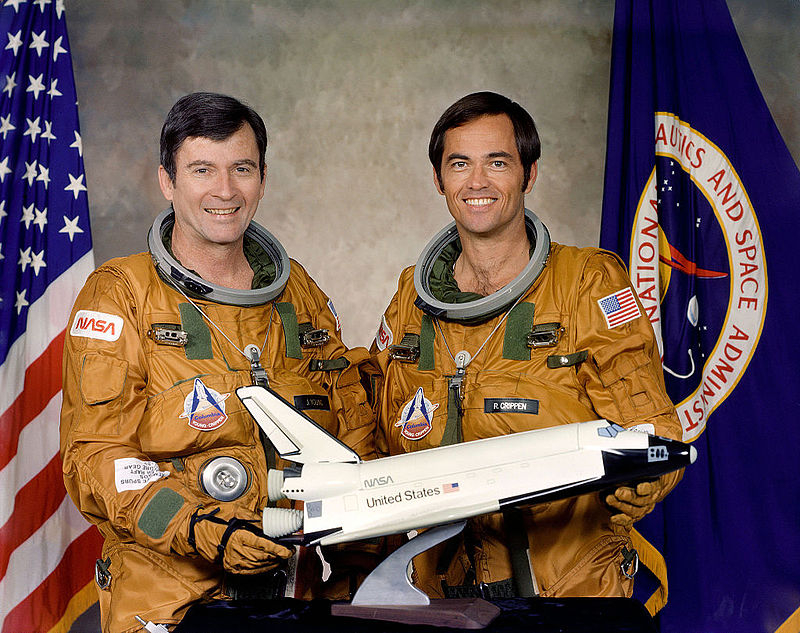
Career Endings
John Young worked as the head of the Astronauts Office the longest — 13 years. After that, he became assistant director of the Johnson Space Center, and in 1996 he headed it. Yang was its chairman for eight years. In this position, he ensured the successful completion of flights to the Mir station and prepared for the launch of the ISS. John Young retired in 2004, when he turned 74. Over decades of work, he has achieved a lot. He was a NASA astronaut the longest. He was the first to take part in six space missions. He flew to the Moon twice, in particular, he rode on its surface in a buggy. He had flown in space for 15 thousand hours. Had experience flying in three different programs: Gemini, Apollo and Space Shuttle. Piloted spacecraft of four different types.
The greatest American astronaut died on January 5, 2018, at the age of 87. A highway, a school and a planetarium in Orlando are named in his honor, as well as the asteroid 5362 Johnyoung.

